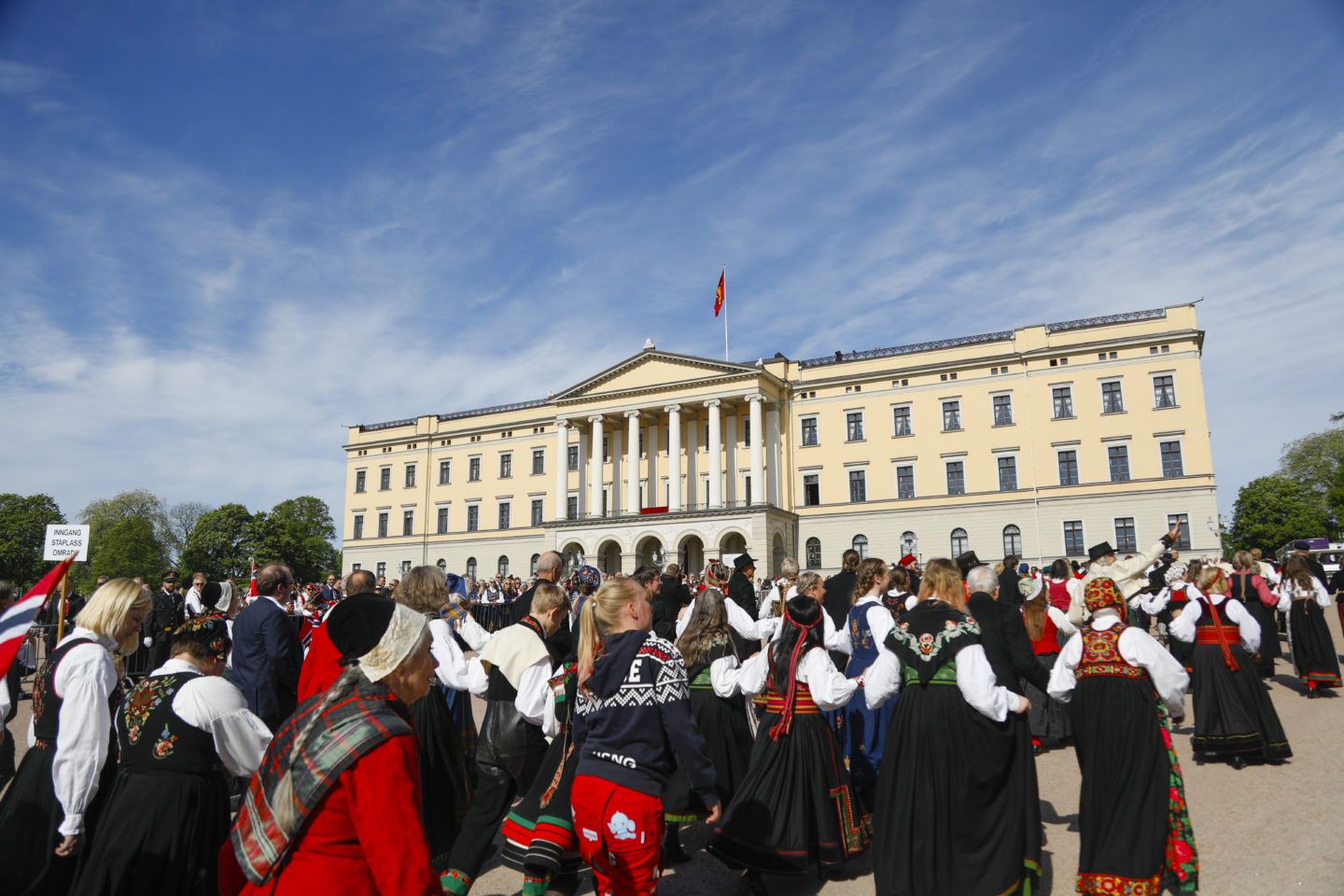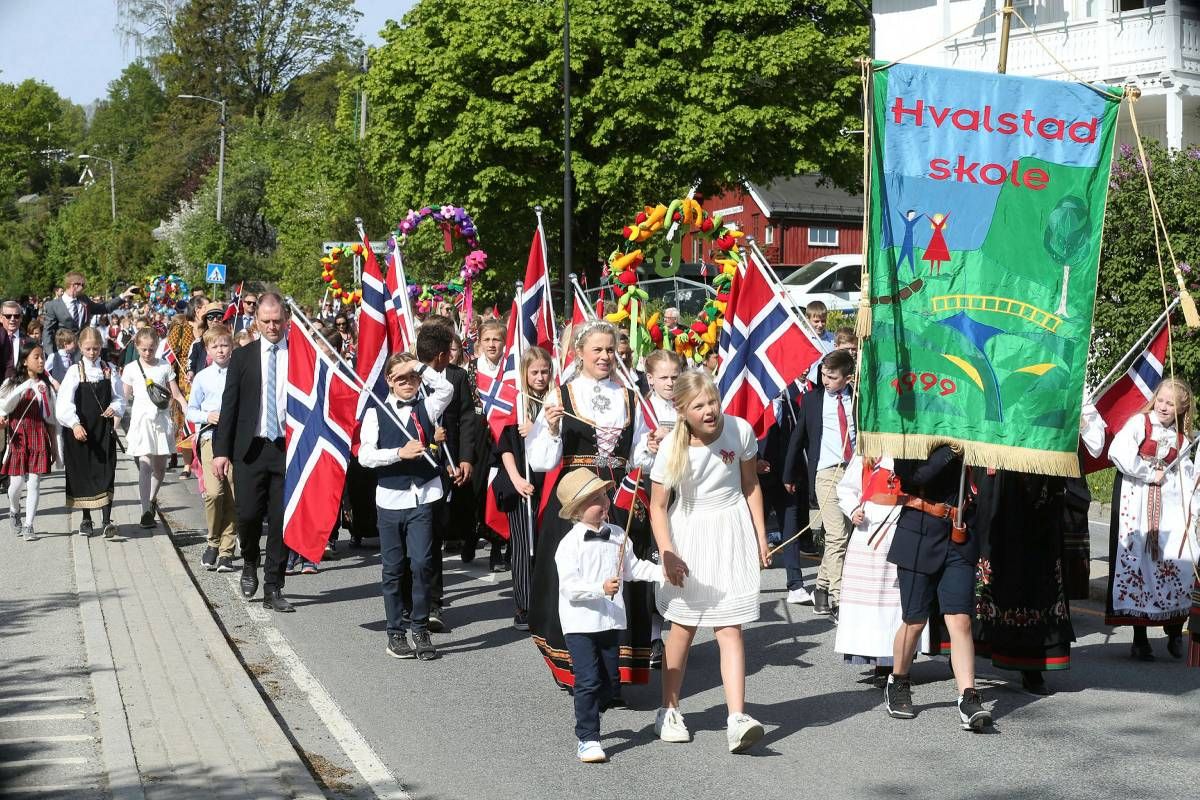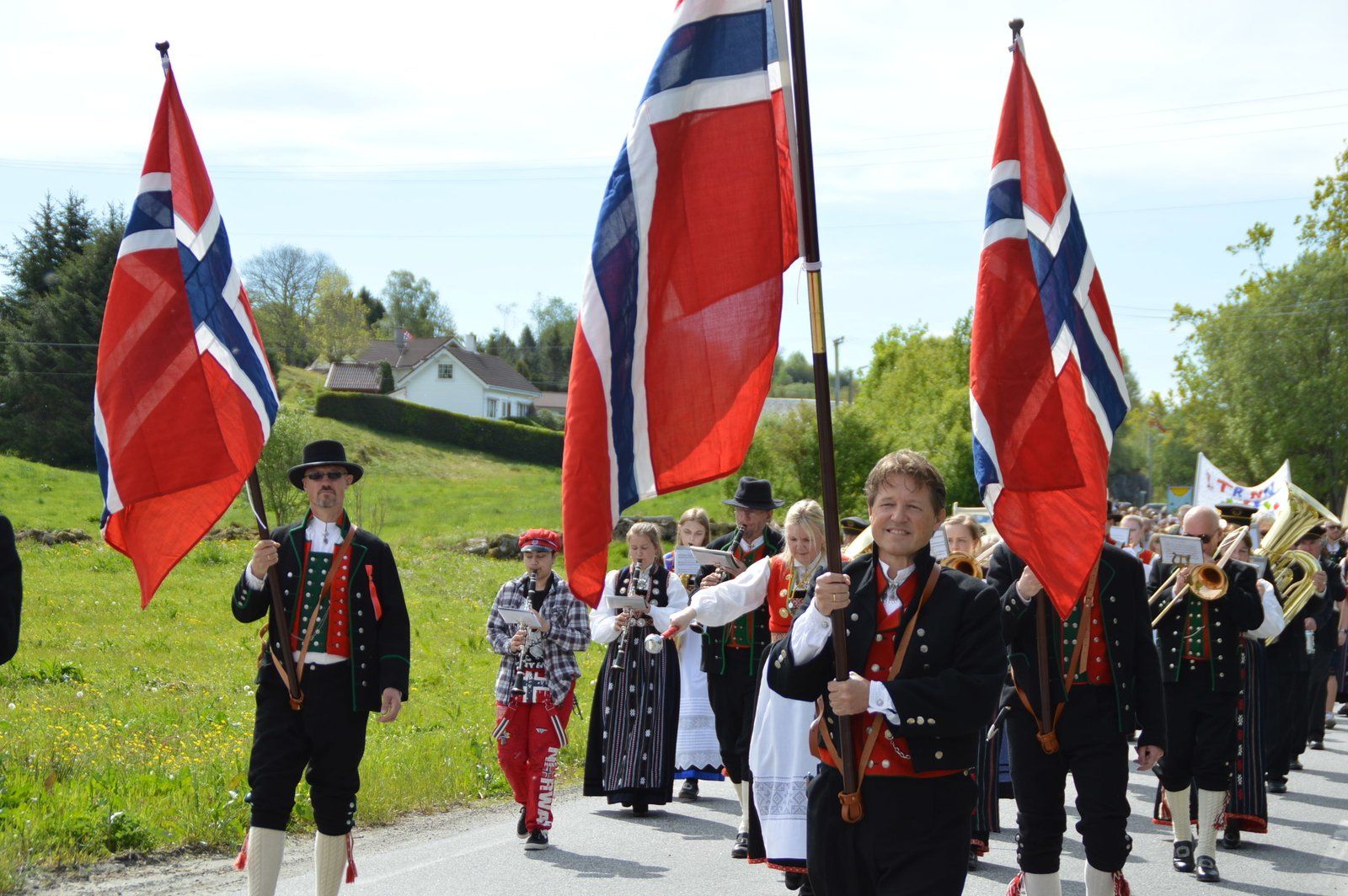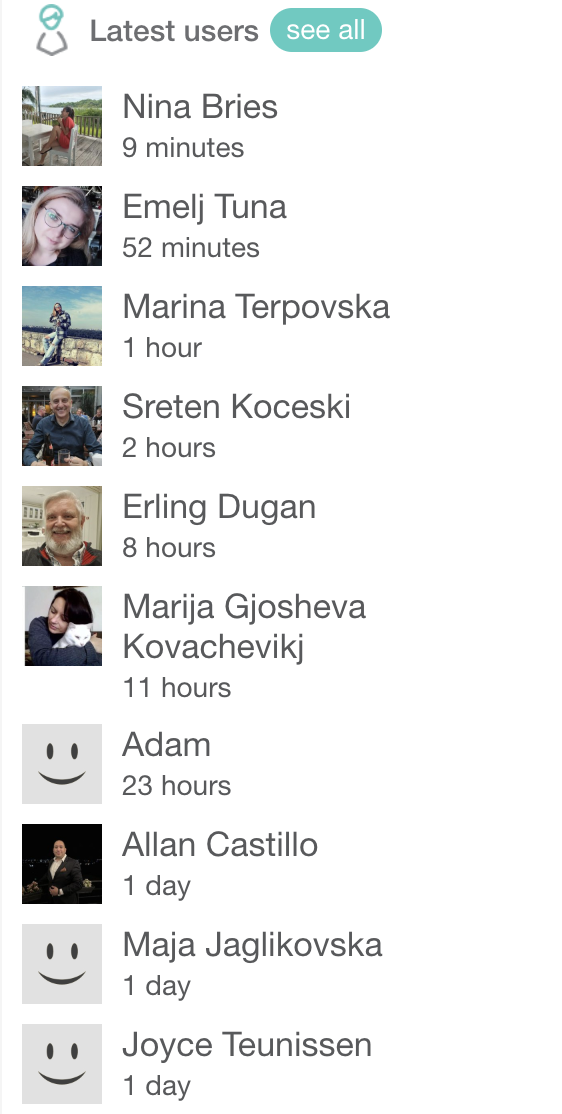
Every nation has a national day but probably very few of them are so enthusiastically and uniquely celebrated like May 17th. The unique tradition of the celebration of the 17th of May brings some complexities. That is the reason why it is often confusing and hard to understand for a new comer to Norway with all that is going on during this day. The local children carry flags and march together with bands. Ice cream, hot dogs and other goods to eat are abundant. The buildings are decorated with Norwegian flags and women and men of all ages dress in their Bunad, or national costume. Graduating high school students wear uniforms and celebrate the approaching school year’s end. The sound of loud music is heard from every corner. Understanding of all these 17th of May traditions requires some historical and social background knowledge.


History
The 17th of May was established as a National Day in 1814 as the Constitution of Norway was signed in Eidsvoll, declaring Norway as an independent nation. However, Norway was under Swedish rule at that time and the Swedes believed that the celebration was a provocation against Sweden and the royal family. After several attempted celebrations, King Carl Johan forbade celebrating the day. This prohibition triggered a higher level of ambition towards Norwegian independence and consequently an enthusiastic crowd gathered to protest at the main square of Christiana (Oslo), which later became known as the Battle of the Square of 1829. The Swedish authorities reacted to this spontaneous public meeting but their actions only increased the resistance. Henrik Wergeland had a key role in this resistance movement and in the following years helped to transform the day into a celebration for the children rather than a day of patriotic pride. After King Carl Johan died in 1844 his son, Oscar I, took over his position and the day started to be celebrated freely.During the 1860’s, 17th of May became more established and the first barnetog (children’s parade) was launched in Christiania (Oslo) in 1870, in a parade consisting of only boys. It was only until 1899 when girls were allowed to join in the parade for the first time.Originally the day focused only on the Norwegian constitution but after 1905, the focus had been directed also towards the royal family. Moreover, During the Second World War, the day was not publically celebrated due to German occupation.
The 17th of May was established as a National Day in 1814 as the Constitution of Norway was signed in Eidsvoll, declaring Norway as an independent nation. However, Norway was under Swedish rule at that time and the Swedes believed that the celebration was a provocation against Sweden and the royal family. After several attempted celebrations, King Carl Johan forbade celebrating the day. This prohibition triggered a higher level of ambition towards Norwegian independence and consequently an enthusiastic crowd gathered to protest at the main square of Christiana (Oslo), which later became known as the Battle of the Square of 1829. The Swedish authorities reacted to this spontaneous public meeting but their actions only increased the resistance. Henrik Wergeland had a key role in this resistance movement and in the following years helped to transform the day into a celebration for the children rather than a day of patriotic pride. After King Carl Johan died in 1844 his son, Oscar I, took over his position and the day started to be celebrated freely.During the 1860’s, 17th of May became more established and the first barnetog (children’s parade) was launched in Christiania (Oslo) in 1870, in a parade consisting of only boys. It was only until 1899 when girls were allowed to join in the parade for the first time.Originally the day focused only on the Norwegian constitution but after 1905, the focus had been directed also towards the royal family. Moreover, During the Second World War, the day was not publically celebrated due to German occupation.

Children
Children have a special role in the celebrations. The biggest part of the event is dedicated to them. The children’s parades consist of marching, waving home-made Norwegian flags and carrying school banners. Parades can also vary in size from a few dozen people in the villages to several tens of thousands of participants in Oslo. Children in Oslo pass the Royal Palace, where royal family members wave back from the balcony.The same applies to certain students ranging from kindergarten to high school, often including “Russ students”. Other participating bands, municipality representatives and other social groups can march as well.
Source: The Nordic Page
Children have a special role in the celebrations. The biggest part of the event is dedicated to them. The children’s parades consist of marching, waving home-made Norwegian flags and carrying school banners. Parades can also vary in size from a few dozen people in the villages to several tens of thousands of participants in Oslo. Children in Oslo pass the Royal Palace, where royal family members wave back from the balcony.The same applies to certain students ranging from kindergarten to high school, often including “Russ students”. Other participating bands, municipality representatives and other social groups can march as well.
Source: The Nordic Page


